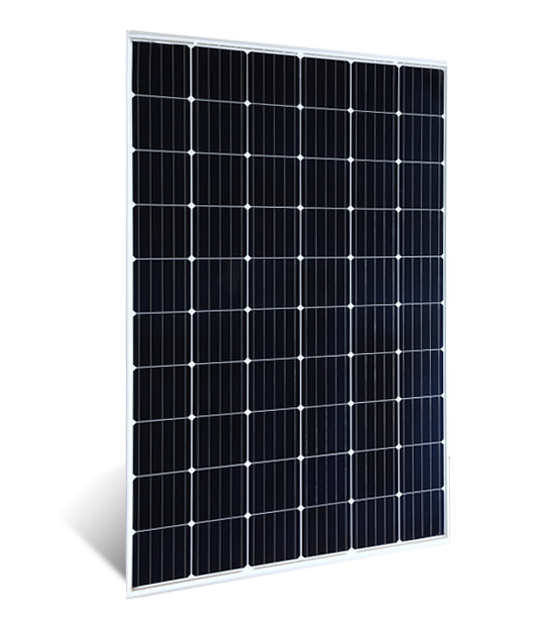

Solar panels are also called solar modules, solar panels. The assembly of multiple solar cells is the core part of the solar power generation system and the most important part of the solar power generation system.
Solar cell, also known as "solar chip" or "photovoltaic cell", is an optoelectronic semiconductor sheet that uses sunlight to generate electricity directly. A single solar cell cannot be used directly as a power source, and several single solar cells must be connected in series, parallel and tightly packaged as a power source.

The composition of the solar panel and the functions of each part
1. Tempered glass: its function is to protect the main body of power generation (such as battery), and the selection of light transmission is required: 1. The transmittance must be high (generally above 91%); 2. Ultra-white tempered.
2. EVA: It is used to bond and fix the tempered glass and the main body of power generation (cells). The quality of the transparent EVA material directly affects the life of the module. The EVA exposed to the air is easy to age and turn yellow, thus affecting the light transmittance of the module. In addition to the quality of EVA itself, the lamination process of the module manufacturer is also very influential. For example, the adhesion of EVA is not up to standard, and the bonding strength of EVA to tempered glass and backplane is not enough, which will cause EVA to be premature. Aging affects component life.
3. Cells: The main function is to generate electricity. The mainstream in the power generation market are crystalline silicon solar cells and thin-film solar cells, both of which have their own advantages and disadvantages. Crystal silicon solar cells have relatively low equipment cost, but high consumption and cell cost, but also high photoelectric conversion efficiency, which is more suitable for generating electricity in outdoor sunlight.
Thin-film solar cells have relatively high equipment costs, but low consumption and battery costs, but the photoelectric conversion efficiency is more than half that of crystalline silicon cells, but the low-light effect is very good, and it can also generate electricity under ordinary lights, such as calculators on the solar cell.
4. Backplane: function, sealing, insulating and waterproofing. Generally, TPT, TPE and other materials must be resistant to aging. Most component manufacturers have a 25-year warranty. Tempered glass and aluminum alloys are generally no problem. The key is whether the backplane and silicone can meet the requirements.
Please Look Forward To More Solar Panels